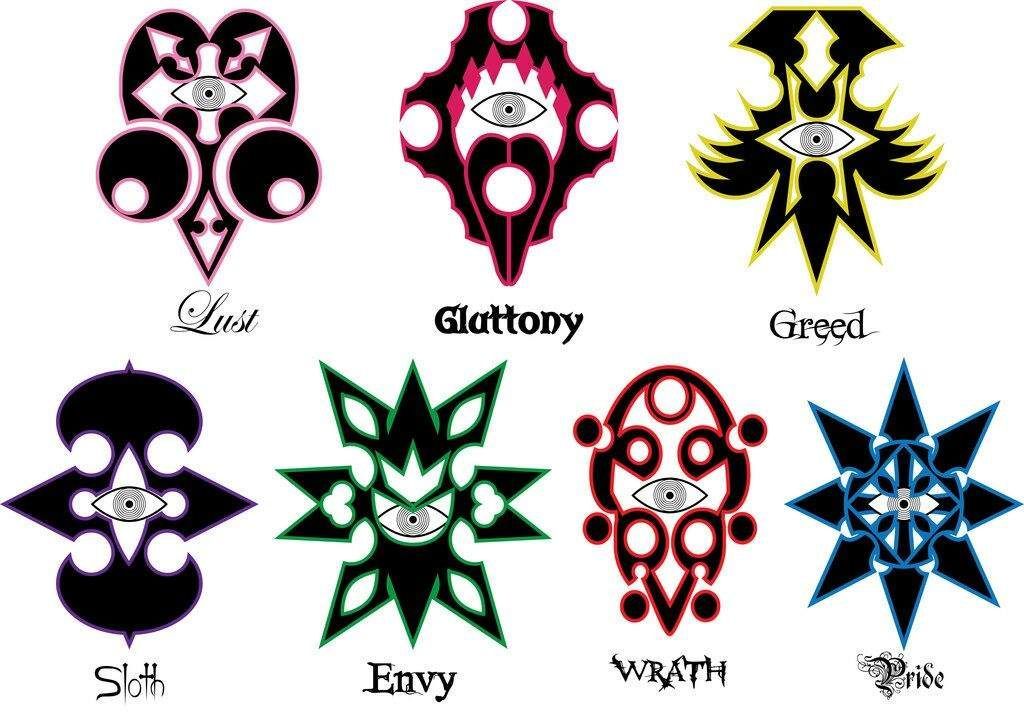


Coaches, instructors, and teachers often talk about the importance of preparing for fights. But what happens when your training doesn't reflect reality. In this blog post, we'll explore the idea that real violence is never fair, and why it's important to train accordingly. One of the hardest parts about training for real violence is that an attacker has the most advantages. They can control when it happens, where you are located in space and time as well as what tools they will be using during your encounter with them.
In this blog we will talk about the 6 areas that the attacker gets to control to ensure that they get what they want out of this encounter
Area 1: Physical
This is probably the most talked about area when it comes to self-protection. That the attacker may be larger and stronger than you. This is very often true. I want you to understand that people do not lose for free. Everyone who selects a potential victim has chosen them because they believe they will be able to come out on top of the encounter. Whether it is a bar fighter looking for something to do or a predator looking for a victim. They will always choose the one they believe they can take. Please pay attention to the word belief, it does not make them correct. Being physically larger and stronger than your victim is a tactic as old as time. So you need to be aware that if this goes physical you may be fighting WAY out of your weight class. Do you have the skills to deal with that?
Area 2: Emotional
Emotional asymmetry in the encounter or cycle of abuse is a huge factor. This is how smaller people can be abusive in long-term relationships. They are many ways to use violence and emotional abuse is one of them. If both people are not in the same place then the encounter will be very different. Sure sometimes people agree to fight. Usually in sports (and still the more focused fighter usually wins), but when we talk about the violence that has no rules the one who has the stronger intent very often wins. Don't forget you may not be one hundred percent when you are picked. If you are tired, depressed, drunk, or in any other state of being and you encounter an aggressive person who is psyched up to fight you are not going to be able to defend yourself as well as you could when ready. Same thing in a long-term abusive pattern if you have been conditioned to believe you are not worth defending then the odds of you defending yourself when you need to, become very low.
Area 3: Pace
The problem with most training is it almost always has a rhythm. Everyone gets a turn because it is about making people better. Even in sparring we know when it starts, know when it stops, and subconsciously both check for effect of the technique and give our partner a turn. The person who just runs through a sparring partner is often called an asshole or a gym bully. In ruleless fights this is not the case, the attacker first gets to choose when the attack starts, there is a huge advantage in this. Next, the attacker never wants you to get a turn. This is why violent encounters outside of sport seem so intense and so fast. It is because they are not allowing you a chance to respond. This is why sucker punches and sudden violence are so effective. Because if they go first and overwhelm you with violence, very few people can recover. Why do you think so many predators are ambush predators? More training needs to address the pacing issues around self-protection.
Area 4: Tools
In addition, attackers often choose to bring weapons or binding implements to an encounter. This further increases their chances of success. Drugs can also be used to subdue or disable victims. If your training does not address this, you may have a problem. While we often spend most of our training doing hand-to-hand, we need to remember that humans are tool-using hunters. Especially if the attacker is using violence for secondary gain; your property your body your life...them having a tool is very likely. Also, don't forget that we can also carry tools (and of you do you need to train with them often), they may have access to better ones as they may not be following the laws.
Area 5: Numbers
Not only are humans tool users we also pack hunters. People very often hunt in groups. According to Stats Canada in 2018 40% of all violent crimes involved more than two people. 10% of the time there were more victims than attackers but the other 30% of the time there were more attackers than victims, and this number rises as high as 50% when it comes to burglary, as they often work in teams. We need to address on a lot of fronts in our training that we might have to deal with multiple opponents, from awareness and boundary setting to having the physical resiliency and technical repeatability to be able to deal with multiple people to the aftermath we must keep in mind that there could always be more of them. VERY few training programs address this issue and I would say also make students more vulnerable to multiple opponents due to hyper-focus on single combat.
Area 6: Goals
Humans are pack hunting, tools using LIARS. This is one of the hardest concepts to get across in self-protection training. The fact is we never know the goal of the attacker, and guess what humans can lie. This mostly comes from predatory violence. Very often in social violence, the goals of this are in the exchange. Stop looking at my wife is a pretty clear instruction on how to meet their goal. The problem with predatory violence is that the predator is always trying to control information. They hide everything. When it will happen, how it will happen, and lastly why it will happen. So if your goal in the situation is to not look like a fool in front of your friends, and their goal is to rob you, youre working from very different positions and the one with the more secretive goal usually wins. This is the essence of manipulation. Manipulation is when only one person knows the outcome. A manipulation is a powerful tool for the predator and we have a very limited way to physically train this.
The reality is that violence is not fair. People do not pick fights they are going to lose for free, so it is in their best interest to stack the deck against you in as many ways as possible. Your training needs to reflect all of this if it doesn't, you are not training self-protection, you are just learning how to fight. That's why we focus on teaching people how to identify threates before they happen so they can defend themselves effectively in real-world situations. If you're interested in learning more, bring us in for a seminar with your club. We'll help you learn how to protect yourself and your loved ones from harm.
Be ahead of the curve not under it
Randy


ALL RIGHTS RESERVED | RANDY KING LIVE